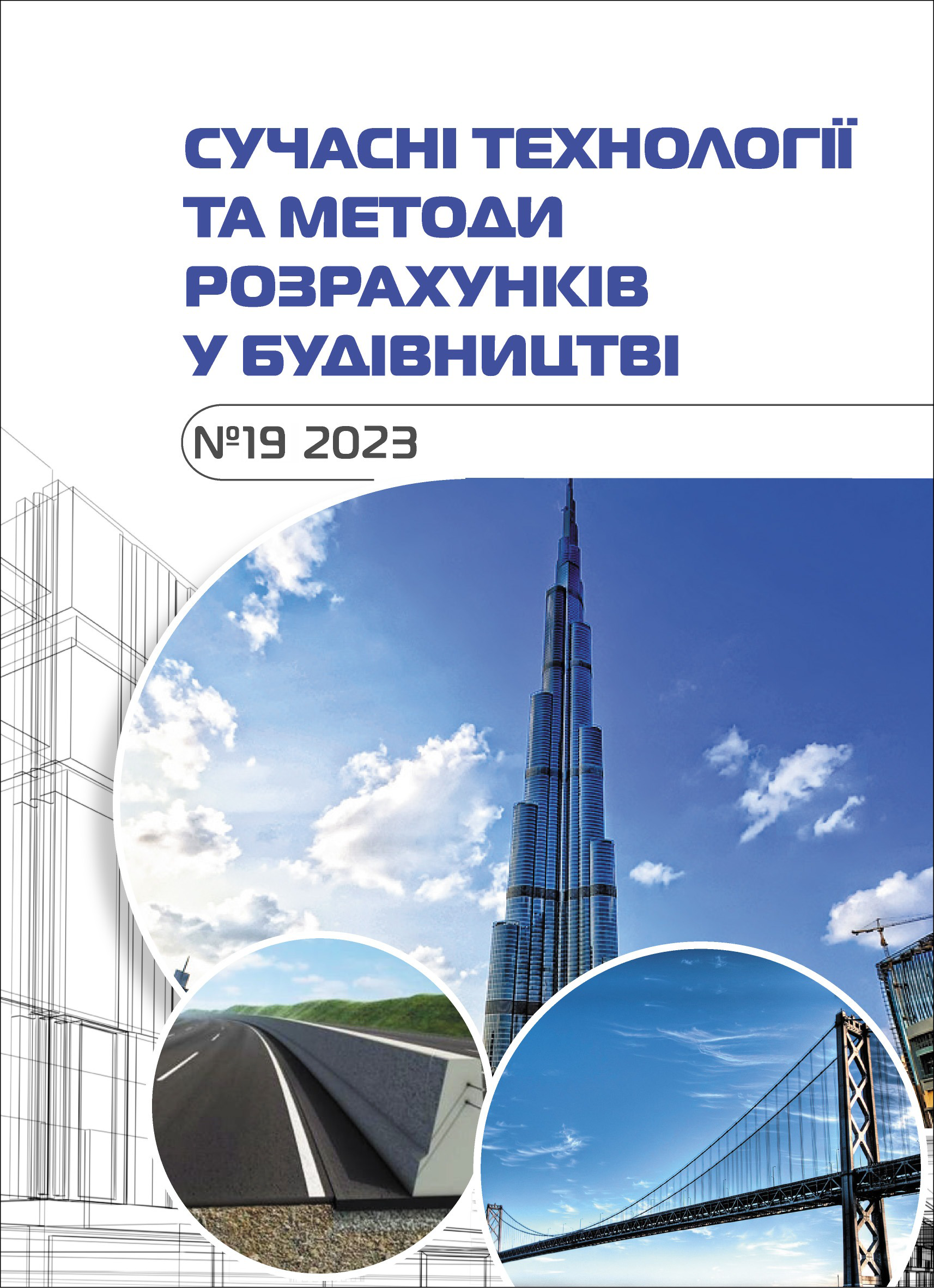Research of the thermo-elastic state model of the «cone-cylinder» shell system
Abstract
Issues related to calculations of strength, stiffness, and stability play an important role in the design and creation of the latest modern structures used in various industries. The construction of mathematical models and calculation schemes for the purpose of researching their stress-strain state is especially important. Quite often, the elements of such structures are made in the form of plates and shells, which makes it possible to make them sufficiently strong, light, and resource-saving. Multi-layer shells of complex shapes are widely used in industrial, civil, and road construction, mechanical engineering, aviation, and rocket technology.
For the production of multilayer plates and shells, various materials are used, which are anisotropic in nature. The calculation of structures made of anisotropic materials in a three-dimensional setting is a rather difficult task and is possible only for certain cases of shell geometry, load, and boundary conditions.
Solutions obtained on the basis of a mathematical model of the deformation of plates and shells in a linear arrangement lead to significant errors in the results. In this regard, approximate two-dimensional models of the theory of plates and shells, which take into account the anisotropy of properties and transverse shear deformation, have been widely used.
Quite often, multilayer structures are subjected to the combined influence of force factors and temperature, which causes the formation of a complex type of stress and deformation fields. There are solutions to such a problem in a refined setting, taking into account the dependence of the physical and mechanical properties of the layer material on temperature. This paper considers constructing a mathematical model and analyzing the stress-strain state based on applying the finite-shear theory of shells using numerical methods.
The purpose of this article is to solve the boundary value problem of thermoelastic equilibrium of a multilayer orthotropic composite shell and to analyze the obtained results.
A converging composite shell is considered, which is formed from cylindrical and conical parts that work as a whole. The influence of the taper angle on the stress-strain state of the folded shell, which varies in a fairly wide range, is studied.
Various variants of boundary conditions are considered:
Option 1. The left end has hinged and movable support, and the right end is pinched.
Option 2. The left end is free, and the right is pinched.
Option 3. The left end has hinged and movable support, and the right end has hinged and fixed.
Option 4. Both ends are pinched.
Option 5. The left end has hinged and fixed support, and the right is pinched.
Option 6. Both ends have hinged and fixed support with an absolutely rigid diaphragm in its plane.








